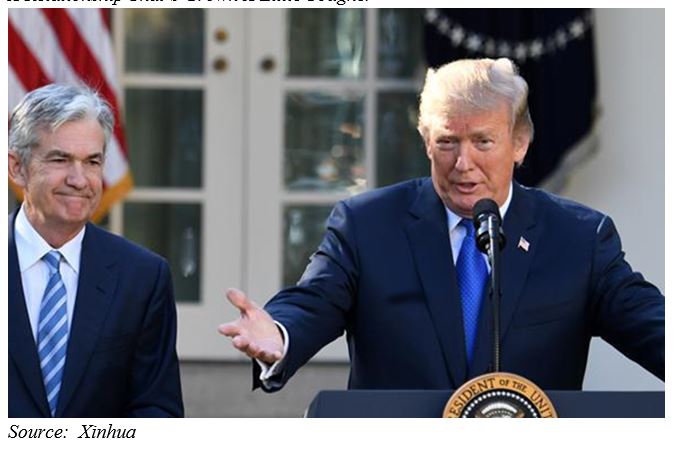The widely watched two-to-ten-year U.S. Treasury interest rate curve inverted briefly on Wednesday, and remains essentially flat as of this writing. The yield on the longest-dated Treasuries fell to all-time lows. The backdrop, we trust, is well-known to our readers: anxiety about trade wars, fears about slowing global growth, and now, the supposedly prophetic yield-curve inversion suggesting that recession is growing closer.
On the interest-rate front, we simply note that Wall Street analysts increasingly believe that not just one, but two further 25-basis point rate cuts lie ahead in 2019, and more are likely in 2020. The bull case for stocks in 2019 was that rates would fall and monetary policy would ease; and now rates have fallen and are likely to fall further.
We note also, as we have noted in the past, that yield curve inversion is rarely an indication that recession is truly imminent. There is a wide variation in the gap between the initial inversion of the 2/10-year yield curve and the eventual market top, but on average, it is 12 to 24 months, with a significant gain still to be had in stocks.
A Relationship That’s Grown A Little Tougher

Source: Xinhua
We read another significant comment in The Wall Street Journal on Tuesday, which pointed out that President Trump is not just beating at the air as he continues to call out the Fed’s “tightening.” With the Fed’s balance-sheet runoff ended early, and a rate cut already done and more likely to come, how could the President be correct in his accusation? Simply because the Fed’s balance-sheet adjustment is still continuing, albeit in a less observable form. As mortgage-backed securities and longer-dated Federal Reserve paper mature, they are being replaced by shorter-duration Treasuries. In short, the risk that the Fed assumed during its post-crisis asset buying is indeed still being unwound on autopilot — and will be for decades, on this schedule (the last mortgage-backed securities that the Fed holds will mature in 26 years). That’s less risk that the Fed is absorbing and holding… and more risk that the market must absorb and hold. Under present conditions, perhaps that has something to do with the rush to safety that has compressed yields for longer-duration Treasuries.
Will the Fed respond? The evidence is that it is beginning to do so, even though Fed Chair Powell seems to have a hard time communicating with markets in a way that eases their troubled minds.
Investment implications: With further easing now even more likely ahead from the U.S. Federal Reserve, we believe that market sentiment will eventually reflect it when the current correction has run its course.







